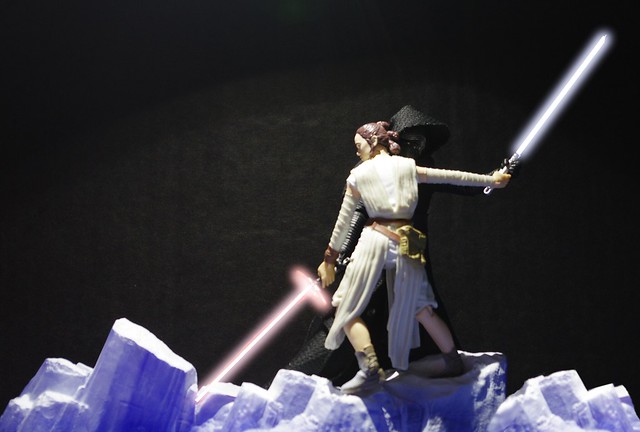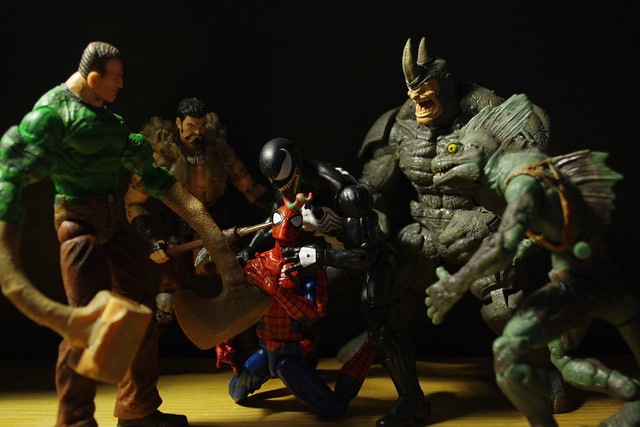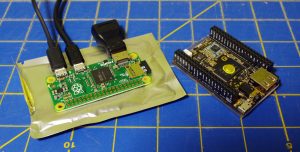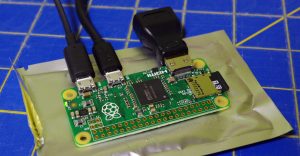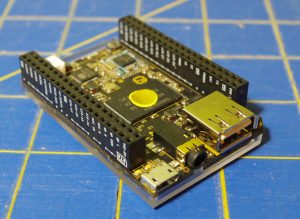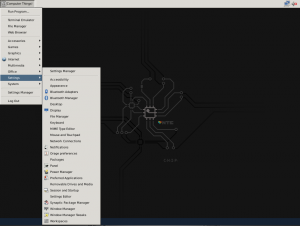Pentax K-3
I’ve recently upgraded my DSLR and have had a bit to play around with it and get a feel for it. I went for an upgrade over my old Pentax K-7 to a Pentax K-3.
- I already have lenses so I saved money by buying Body Only
- I like my K-7, it just got worn out
- The K3 has a build in flash unlike the K-3II, so when my wife uses it she doesn’t have to fight with an external flash
- It’s not the newest K-1, which means it costs less, though is still nice
I mentioned my K-7 became “worn out”. I have no other way to describe it. I noticed around the end of last year it started taking extremely washed out photos when using the flash. I’m taking nothing but white screen if it was anything up close. I figured there was a sensor or something going bad and looked into several avenues to get suggestions on it to possibly get it repaired. This whole exercise ended up being completely futile. Every forum and even the camera shop I tried basically tried to give me photography advice or tell me how “using the flash isn’t a good idea”.
Yeah, I get that. I get all that exposure and shutter speed and f-stops and blah blah blah and no, the flash isn’t always great but not every photo needs a tripod and a set up, sometimes it’s just a photo of a moment and not a piece of art or some bull shit like that.
There is something wrong with the camera. Even when I tried to replicate the settings on a fresh photo of an older photo for comparison that there is obviously something wrong, I got nowhere. So I gave up and upgraded instead. chances are the repair would have been more than I wanted to pay anyway. The camera still sort of works, on a tripod, with freakishly long exposure times and things are still kind of yellow. The best suggestion I ever got was that it’s not stopping down properly.
This new camera works so much smoother and better. It also lacks several of the nitpicky problems that plagued my K-7 since day one. I always chocked those up to it being a pretty early model of DSLR in it’s class especially. It did real full HD video, it had higher mega pixels than comparable cameras at the time and it’s the only one (at the time) that was weather sealed. The K-7 was pretty nice, but mine had issues, and I have no idea how prolific they were, if at all. For one, it lost the date any time the battery was removed. Not a huge issue. More of an issue, it would over heat when recording video for more than around 20 minutes. I always chocked that up to new tech and the weather sealed body being poor for ventilation. Third, half the time when using the live view to take photos, it would snap, then show “Battery Depleted” even when full. I don’t use Live view a lot but sometimes it’s convenient for getting funny angles where I’m holding the camera over my head.
The K-3 has none of these problems. I’ve done all of these things and had zero issues. The video is the best part, I spend last weekend recording a ton of video for my wife’s home business and had no over heating at all, after hours or recording, some single segments being 10-15 minutes long. I’m seriously considering using it in place of my DVC80 Video Camera this year for a show I record each year. Upgrading to HD from SD would be really nice. My only issue is I wasn’t able to get Premier to accept the video, but that is probably a settings issue somewhere.
Anyway, not much directly to say about I otherwise, aside from it’s a nice upgrade from my K-3. The Dual memory card slots will be nice and the interface all around is more refined and easier to use. Here’s a few photos I’ve taken with it, just for kicks. Nothing amazing or anything.
Josh Miller aka “Ramen Junkie”. I write about my various hobbies here. Mostly coding, photography, and music. Sometimes I just write about life in general. I also post sometimes about toy collecting and video games at Lameazoid.com.

